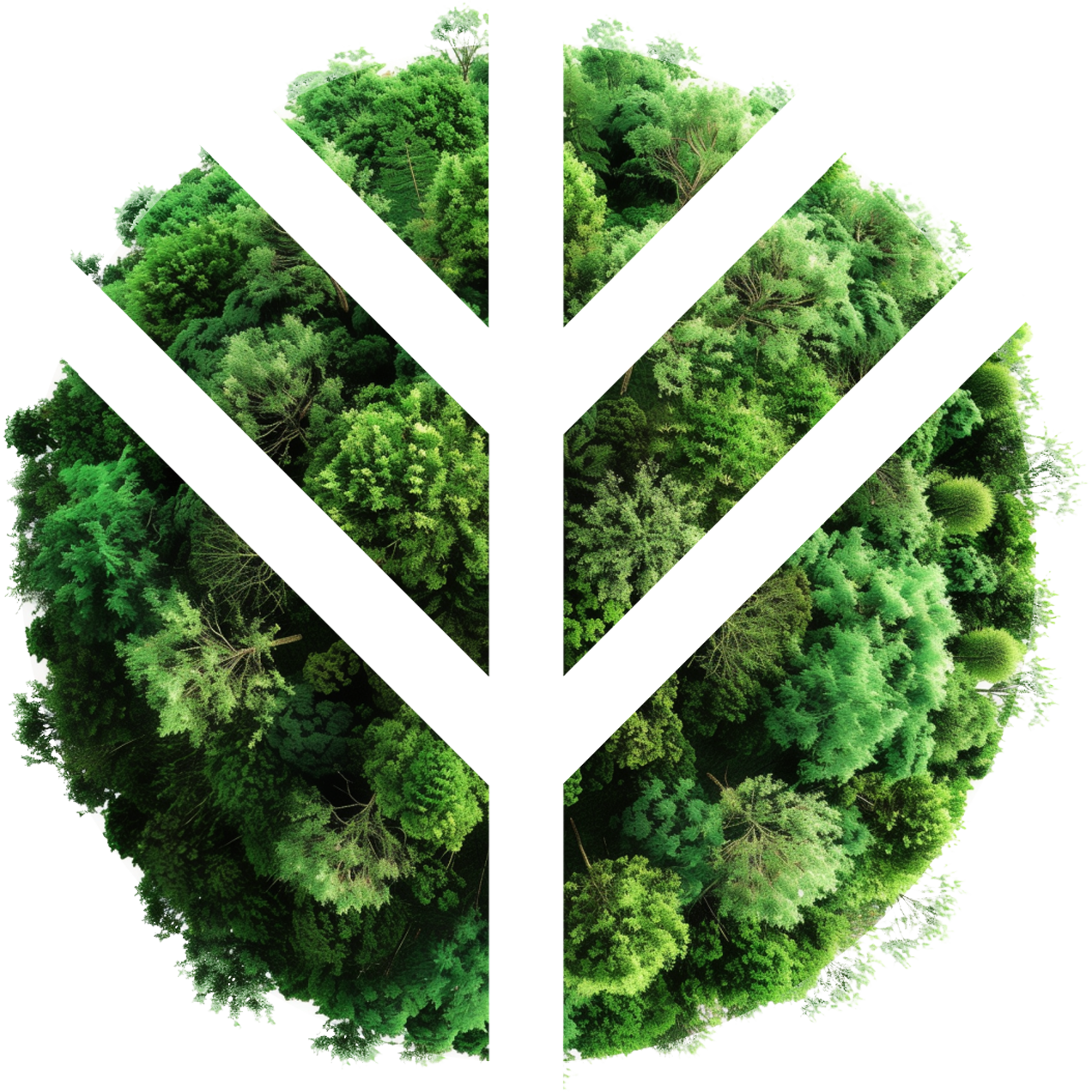Our promise to our consumers and employees is simplicity, transparency, and quality they can trust: no hidden ingredients, no greenwashing. Only high quality, healthy bedding enriched by the wisdom of nature – and nothing else. At AIZOME, our policy is zero synthetics, because even an ‘organic’ label can sometimes be misleading.
‘Organic’ textiles are made from materials that are grown without the use of synthetic pesticides and fertilizers. However, it is still possible for chemical residues to be present on the final product as some certifying bodies may allow the use of chemicals during the production or dyeing processes that are considered safe. In short, just because something is “made from organic cotton” or even certified GOTS Organic doesn’t mean that cotton wasn’t then treated or dyed with chemicals.
GOTS, which is an international standard for textiles made from organic fibers, allows the use of certain synthetic dyestuffs and auxiliaries, but they must not contain any banned amine, heavy metal or other harmful chemicals, and the use of them should be minimized as much as possible. It also requires that any synthetic dyes used must be certified as free from harmful heavy metals and other toxic substances. OEKO-Tex, which certi fies non-hazardous end-products and all of their components to be free of harmful levels of toxic substances, still allowed a very small amount of PFAS in its certified products until January 2023.
The emergence of these certificates is an essential step toward the transformation of industry standards. But at AIZOME, we do not wish to rely upon a certification alone, and rather chose to demand additional standards of ourselves, by engaging in the following:
- HRIPT test.
- ZDHC wastewater test.
- A study on the efficacy of indigo with Cambridge University.
- Independent batch testing.
- Kaken antibacterial test.
- Tryptanthrin test.
“LOW IMPACT”
Many ‘organic’ or ‘all-natural’ bedding companies promote products that use ‘low-impact’ dye. There is currently no legally recognized definition of a low impact dyeing process, but in the context of textiles, “low-impact” dyeing refers to methods that have a reduced environmental impact compared to conventional methods. The term is used to describe dyes and dyeing methods that are less toxic, more energy efficient, and less harmful to the environment. Low-impact dyes can be either natural or synthetic. Low-impact synthetic dyes have a reduced environmental impact compared to traditional synthetic dyes, meaning that they emit fewer pollutants, use less water, or require less energy to produce. Additionally, in the production and disposal, these types of dyes can show less harmful effects to the environment.
But at AIZOME, we ask, why opt for reduced harm when the harm is not necessary in the first place?
FINISHING AGENTS
In the finishing stages of textile production, a variety of chemicals may be used to ensure that the dyes used on the fabric are fixed in place and do not wash out or fade over time. The specific chemicals used can vary depending on the type of dye and the desired finish of the fabric. For most plant-based dyes, mordants are often used in the dyeing process. Mordants are substances that are added to the dye bath to help the dye adhere to the fibers. Commonly used mordants include metal salts like alum, iron, and chrome. GOTS allows the use of some finishing agents, including mordants, after-treatment chemicals, and other inputs in the production of organic textiles, but only if they meet certain criteria such as being essential and not commercially available in an organic form. At AIZOME, the only additives to our dye are in the form of completely natural ingredients: citric acid, mineral alum, and quicklime. The citric acid used in the dyeing process is food grade and the alum used is mineral alum (not synthetic). Quicklime is used in the dye extraction process. Post-treatment desizing uses biological enzymes.
PER- AND POLYFLUOROALKYL SUBSTANCES (PFAS)
One group of finishing agents notorious for causing harm are PFAS. PFAS are synthetic chemicals often used to impart water and stain resistance to textiles, as well as to make them more durable and long-lasting. But PFAS have been linked to a number of health and environmental concerns including cancer, immune system suppression, thyroid disease, and developmental problems in fetuses and infants. PFAS are also known to accumulate in the body over time, which means that even small exposures can add up and lead to health problems over time. For textile workers in particular, who may experience unmitigated exposure to PFAs, this is alarming. PFAS are also highly persistent in the environment, which means they do not break down easily and can accumulate in soil, water, and wildlife. This can lead to widespread contamination and can harm ecosystems. In response to these concerns, some countries and organizations have tak en steps to restrict the use of PFAS in textiles and other products. For example, the European Union has restricted the use of many types of PFAS in consumer products, and several U.S. states have also taken action to limit the use of these chemicals. Even so, it was not until January of 2023 that Oeko-Tex Standard 100 explicitly banned PFAS in its certified textiles.





Leave a comment
This site is protected by reCAPTCHA and the Google Privacy Policy and Terms of Service apply.